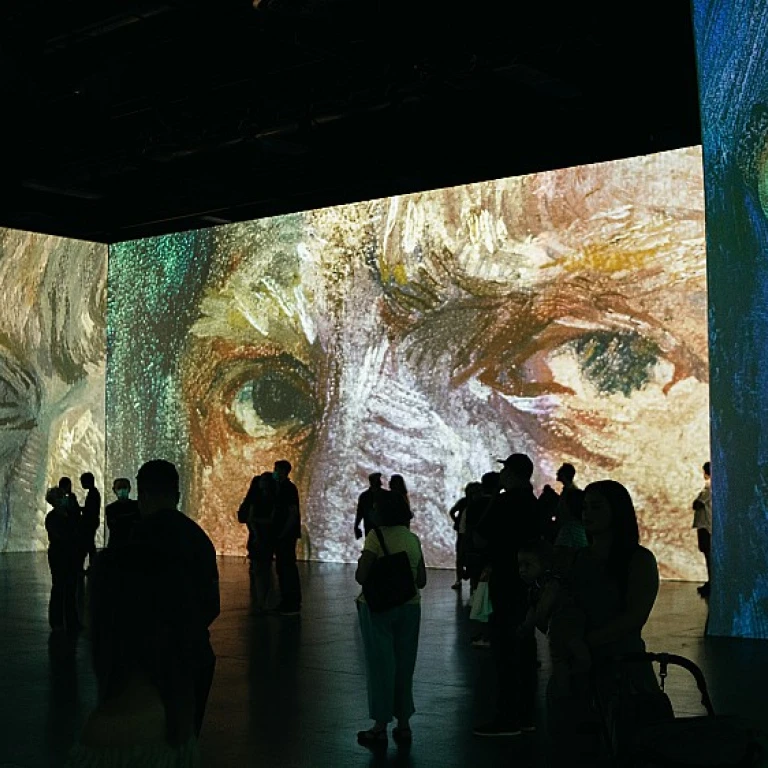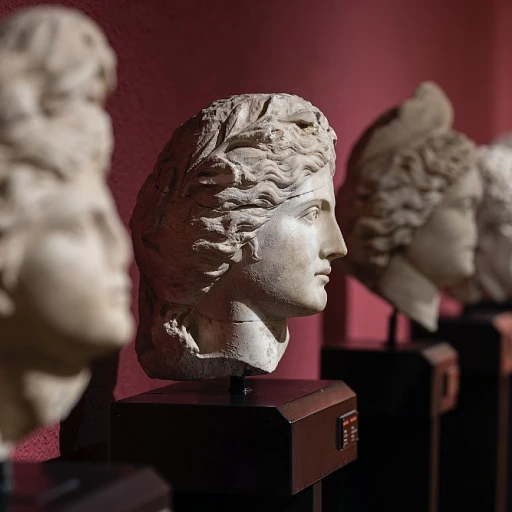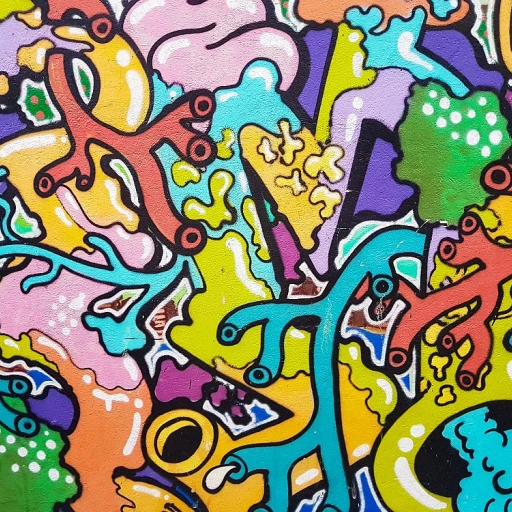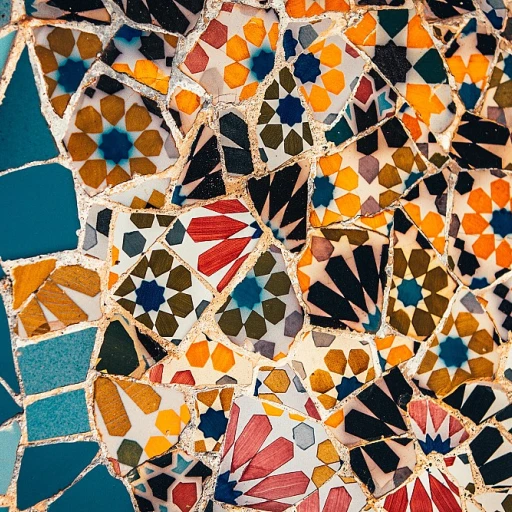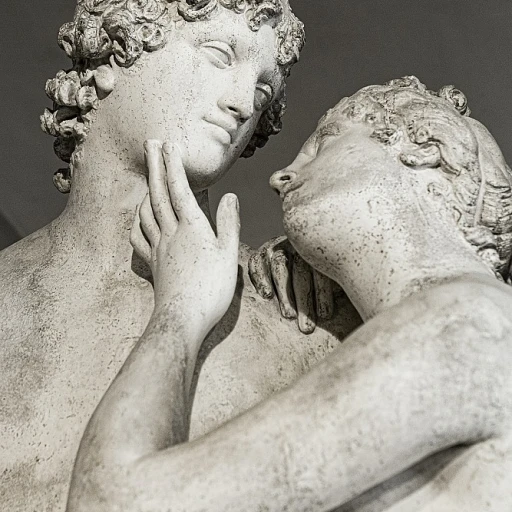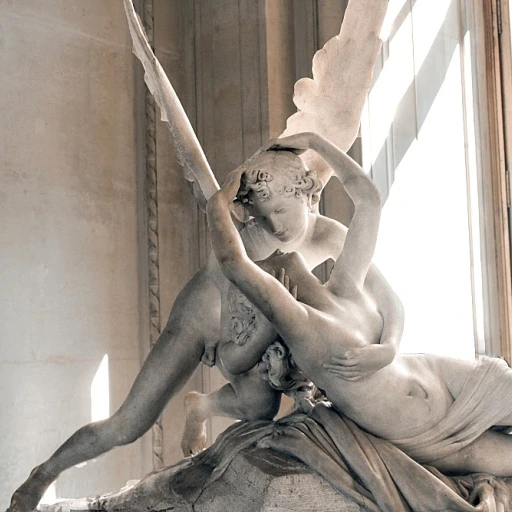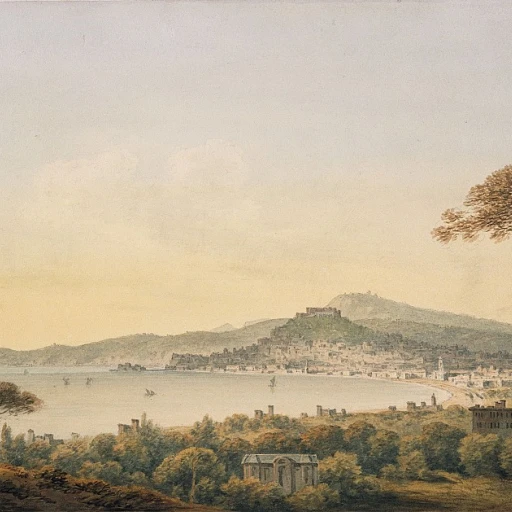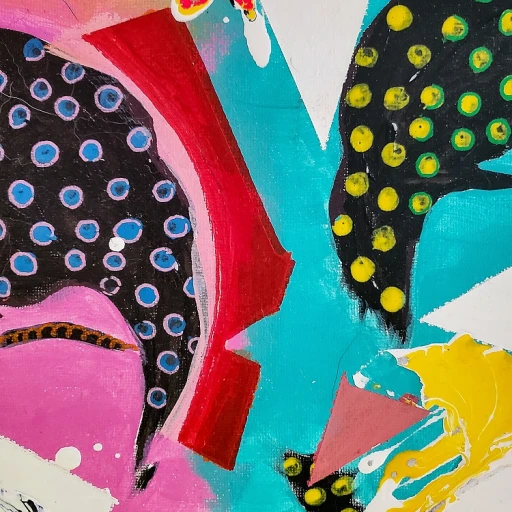The Timeless Appeal of Canine Companions in Art
The Enduring Charm of Dogs in Fine Art
In the realm of fine art, dogs have held a significant place across centuries, capturing the fascination of artists and viewers alike. This timeless bond between humans and their four-legged companions is undeniably reflected in the allure of sacred art and many other themes explored by artists throughout history. From the attentive gaze of a loyal hound to the boundless energy encapsulated in a playful puppy, the depiction of dogs in art evokes a universal sense of familiarity and affection.
Renowned art collections at institutions such as the National Gallery showcase works that celebrate the relationship with dogs, and many of these pieces have attained iconic status. In particular, artists like Sir Edwin Henry Landseer encapsulated the soul of these beloved animals through his masterful use of oil paints, creating paintings that resonate with audiences to this day.
Famous works, such as those by Coolidge depicting dogs playing poker, have not only become part of popular culture but have also sparked conversations around the deeper symbolism of such imagery. Each dog painting conveys unique narratives that engage the viewers, drawing them into a world where the canine spirit is celebrated in its various facets, from playful interactions to poignant portraits.
In examining these dog paintings, appreciation extends beyond the surface into the intricate details crafted by talented artists. The medium of oil paintings often amplifies the depth and texture, bringing dynamic portrayals to life. Whether it be the vibrant colors reminiscent of a Van Gogh piece or the detailed intricacies akin to the works of a Renaissance master, the art form continues to captivate collectors and enthusiasts worldwide.
Overall, the elegance and emotional depth inherent in painterly depictions of dogs remain steadfast influences in the art community, endowing each piece with its own story and legacy. The continued preservation and admiration are testaments to their significance not only as art but as cultural treasures that bridge artistic expression and heartfelt connection.
Iconic Artists and Their Canine Masterpieces
Masterpieces of Canine Illustration by Legendary Artists
The depiction of man's best friend in art has captured the imagination of some of the most renowned artists in history. The charm of dogs, their loyalty, and their unique character traits have been celebrated in many forms of art, most notably in paintings. Some artists have seized this subject matter, rendering their beloved pets and others’ dogs into iconic works of art that still resonate today.
One cannot delve into the world of canine art without acknowledging the exquisite works of Sir Edwin Henry Landseer, a master in paintings of animals, particularly dogs. Landseer’s portraits are much revered for capturing the essence and emotion of his subjects. His oil paintings, featuring dogs in various themes, stand out for their realism and emotional depth.
Another famous figure in this genre is Cassius Marcellus Coolidge, widely known for his "Dogs Playing Poker" series. Despite being seen by some as humoristic, his paintings have become deeply embedded in popular culture. Coolidge’s work contributed to the narrative of dogs assuming human-like roles, a trope that has been frequently emulated.
George Stubbs, another name that deserves mention, was known for his anatomical precision and brilliant portrayal of animals in art. His representations include various other species, but his dog paintings have a palpable sensitivity, capturing the natural elegance and grace of his canine subjects.
In examining the legacy of these iconic artists, it's crucial to consider how their representations of dogs continue to influence modern art collections and are preserved in galleries worldwide. From the National Gallery to lesser-known collections, their artworks maintain a significant presence and often tell stories that transcend time. Wikmedia Commons also ensures these artworks are accessible to a wider audience, preserving the legacy of these great artists.
Artists like Edvard Munch and Van Gogh, although not primarily known for dog portraits, also contributed to the portrayal of dogs in art. Their unique styles bring a different perspective to the depiction of dogs, emphasizing the versatility of this subject matter across different art movements and periods.
The Market for Luxury Dog Paintings
The Growing Market for High-End Canine Artworks
The allure of canine-themed paintings extends beyond their aesthetic appeal, encapsulating a deep interaction between cultural history and artistic expression. It's not just their beauty that makes them desirable; their value as coveted items in the art market cannot be underestimated.
In recent years, there has been a noticeable trend in the art market—collector interest in famous canine artworks has surged. One of the most emblematic series in this category features dogs playing poker, created by Cassius Marcellus Coolidge. The popularity of these playful depictions has propelled them into the realm of iconic status, with earnest collectors vying for original pieces and prints alike.
Several factors underscore the hefty figures these dog paintings command at auctions:
- Historical Significance: Artworks featuring dogs often hold significant historical relevance, as they capture the essence of cultural and societal attitudes from past eras. Pieces by renowned artists like Sir Edwin Henry Landseer, whose oil paintings of domestic animals reflect a delicate balance of technical skill and compassion, have set the gold standard for canine art collectors.
- Emotional and Personal Connection: Many collectors find a profound emotional resonance with these paintings. The universally understood bond between humans and dogs is beautifully captured within the brushstrokes of such works, resulting in a strong personal affinity.
- Renowned Artists: Works by well-known artists, such as Edwin Henry, whose moving portrayals of dogs are preserved in the National Gallery, are inherently valuable. Similarly, the black and white oil portraits by George Stubbs exhibit an unparalleled mastery in frozen canine motion that art collectors find irresistible.
- Exclusivity: Limited, well-preserved pieces, whether they are large in size or in a compact portrait format, are highly sought after, contributing to the opulent market for these artworks.
In addition to driving the aesthetic choices of both artists and collectors, this fascination with canine artworks stimulates an entire ecosystem of preservation and restoration. With collectors deeply invested in maintaining the integrity of their collections, professionals specializing in the conservation of oil paintings are frequently retained to ensure these emblematic pieces endure through the years.
The luxury segment of dog paintings also clearly intersects with the broader trend of thematic artwork collecting, where the narrative and subject matter crucially dictate the interest and ultimately the market value. For more insights into the market dynamics of unique thematic art collections, consider exploring this discussion on
artistic defiance and natural reversal.
The Role of Dogs in Cultural and Historical Contexts
The Enduring Symbolism of Dogs in Art Depicted Through Time
The depiction of dogs in art spans across centuries, symbolizing loyalty, protection, and instinct, enriching cultural narratives. As beloved companions, dogs cement their role within familial settings, yet their presence extends beyond households to symbolize a multitude of cultural meanings.
Dogs have been revered in numerous cultures for their loyalty, a trait that has been vividly portrayed through various artistic mediums. For example, in the celebrated paintings by Edwin Henry, dogs are not only companions but symbols of fidelity. Such devotion can be paralleled with the stoic representations by George Stubbs, who infused intrepid spirit into his canine subjects. Funerary art often featured dogs as guides to the afterlife, intertwining symbolism and spiritualism, as commonly reflected in historic art collections.
Canines Guards and Cultural Icons
Across the spectrum of art, dogs often appear as sentinels and icons, exemplifying their protective nature. They share this venerable status through their appearances in notable works by renowned artists such as Edvard Munch, whose art encapsulates the depth of emotional bonds. The white and black hues in these paintings often echo the duality in their symbolic roles, offering context to their presence beyond their visual appeal.
Considering the enigmatic works of Marcellus Coolidge, particularly his 'Dogs Playing Poker' series, dogs transcend their roles as mere subjects. These canvases capture the social and playful demeanor of dogs, while cleverly providing commentary on society, encapsulated in the informal poker games. This iconic portrayal marries humor with social observation, cementing Coolidge's pieces as enduring cultural artifacts.
Sir Edwin Landseer, with his supreme craftsmanship, further elevated the portrayal of dogs to a cultural prestige, showcasing their regal stature and personified virtues. His dog paintings, found within esteemed art institutions like the National Gallery, form an integral part of historical lineage, lighting the torches of grandeur and elegance through oil on canvas.
Contemporary appreciation of canine art underscores the pivotal roles these animals have played throughout history, affirming their place in both cultural and family settings.
Preservation and Restoration of Canine Artworks
Preserving the Legacy of Canine Portraiture
The world of canine art has gifted us with masterpieces that bridge the gap between human and canine companionship, encapsulating moments and emotions in beautifully rendered forms. As such, preserving these works is of paramount importance.
The preservation of famous dog paintings, such as those by eminent artists like Edwin Henry and Cassius Marcellus, requires a comprehensive understanding of the techniques and materials used originally. Paintings, whether it's an oil painting on canvas or more delicately applied watercolors, demand specific care to protect them from the passage of time.
In particular, oil paintings by celebrated artists like Sir Edwin and Marcellus Coolidge necessitate rigorous maintenance strategies. These could include controlled environments that regulate humidity and light, as well as professional cleaning processes that ensure the original vibrancy and detail of the artwork remains intact.
Another significant aspect of preservation revolves around correctly archiving these pieces in renowned collections, such as those within the National Gallery. This ensures their availability for public appreciation and historical study. Some paintings, often stored digitally on platforms like Wikimedia Commons, serve as critical tools for scholars and enthusiasts seeking to understand the evolution of this niche within the broader art landscape.
Furthermore, the famed series of 'Dogs Playing Poker' exemplifies the dynamic role such series play in embedding dogs in cultural tapestry. These portraits require careful conservation efforts to maintain their cultural and artistic integrity. Conservationists often focus on examining factors such as paint composition and previous restoration attempts to determine the best course of preservation.
Ultimately, the efforts to restore and preserve canine art are not just about maintaining aesthetic appeal, but also about honoring the rich history and cultural significance these artworks hold. In striving for longevity, conservators and collectors alike respect the deep emotional connection between humans and their canine companions that these artworks so poignantly represent.
The Emotional Connection Between Collectors and Canine Art
The Deep Bond Between Owners and Their Beloved Canines
Art has always been a reflection of human experience, and the bond between humans and dogs is no exception. This profound relationship is often beautifully captured in paintings by iconic artists who have dedicated their talents to immortalizing the essence of our four-legged friends. The emotional connection that collectors have with canine art transcends beyond mere aesthetics, resonating with a shared sense of loyalty and companionship that dogs have offered us throughout history.
For those who cherish these masterpieces, owning a painting of a dog's likeness isn't just about adding to an art collection. It's a tribute to their own memories and experiences with dogs, as well as an acknowledgment of the timeless contribution of artists who have expertly conveyed these sentiments on canvas. Be it the works of Sir Edwin Henry, renowned for his detailed depictions of hunting dogs, or the famed 'Dogs Playing Poker' series by Marcellus Coolidge, these pieces hold more than just artistic value—they serve as a bridge connecting the past with the present.
Even placing a portrait by George Stubbs, known for his iconic studies of animals, in one's living room can bring a sense of nostalgia and warmth, reminiscent of past adventures with a beloved pet. Furthermore, the emotional appeal of oil paintings such as those found in the Wikimedia Commons add an elite touch to any space, elevating the interior with elegance and historical significance.
The appeal of dog paintings also lies in their ability to evoke a sense of comfort and familiarity. These pieces have the power to conjure memories for their owners, often bringing a piece of their heart and history into their homes. Even Vincent van Gogh's lesser-known works featuring dogs have their unique charm, adding an enigmatic layer of complexity for art lovers and collectors alike.
Ultimately, the love for canine art does not merely reside in its visual beauty. It represents a deep-rooted connection to both the animal and the art, an emotional dialogue that speaks to the heart of the collector, reaffirming the invaluable bond between humans and their best friends through the enduring medium of art.
-teaser.webp)

